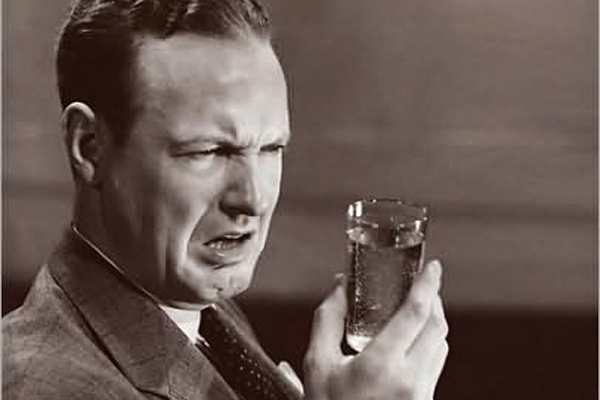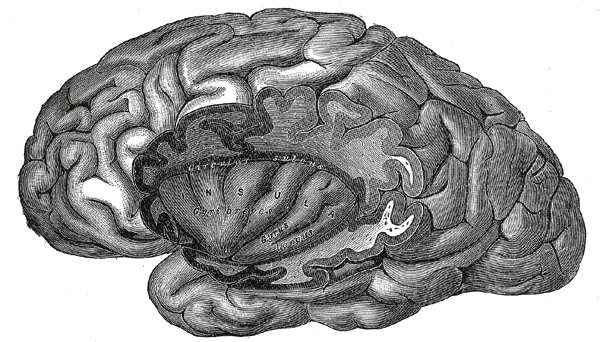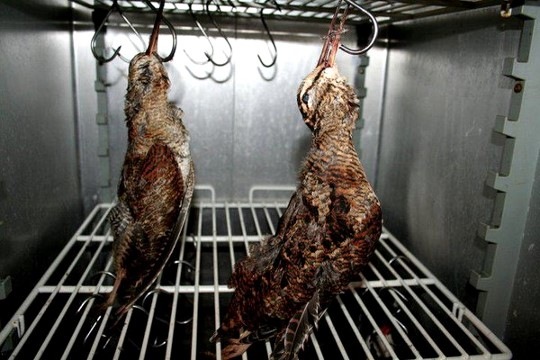
Inspiration
We can access plenty of books on flavors and to-be-successful recipes. However, rarely, would we find any lexical description about disgusting tastes and smells, the failure and rotten and simply bad-tasting food.
Description
I would produce a small notebook of lexical terms, history, and philosophical approaches. Disgusting images and structures would be included and would distract the reader. Printed in 20 copies.

July 2017
Lexicon of Disgust
compiled by
an art cook
Eat Art Marathon Publishers

Introduction
The odyssey of disgust starts by the notion of taste itself. As one of the five senses, taste is a natural faculty, an integral part of our biological constitution. However, it is also acquired, and thus not entirely natural: an expression of habit, tradition and the civilized process no less than of corporeity. Taste is stimulated by hunger and the instinct of survival, but also by the seduction of value and privilege.
Spontaneous and unintentional, and yet in the same time susceptible to improvement, refinement and education. It can also vary according to the culture and historic period.
Gastronomy and aesthetics, same ambivalence.
Taste comes across as pooled knowledge, an accumulation that absorbs and reshape earlier conception rather than erase them. Even when taste invest and exclusively spiritual level, its relationship to the palate remains, by way of difference and contrast.
Disgust: a basic, visceral manner to repel us from noxious substances. A strongly reactive character, sensations and reflexes such as a startle, and as such as physical as an emotion.
Striking, its signature marker is nausea.
The physicality of disgust makes it immediate, powerful, and difficult to override. All the same, like any emotion, it can be the occasion for reflection, for it provides insight about its objects a a manner peculiar to itself. Moreover, although this emotion seems to represent pure aversion, discussing objects can also fascinate, and even attract.
Paradoxical magnetism.
The insula (or insular cortex) in the brain, is the main neural structure involved in the emotion of disgust.The insula is activated by unpleasant tastes, smells, and the visual recognition of disgust in conspecific organisms.

Literal « core » or « material » disgust that is viscerally responsive to foul and contaminated objects in close proximity, and « moral » disgust, that takes as its objects persons or behaviours that transgress social norms.
Horror, humor, sorrow and satire can be themed in artistic works of disgust, must they be turned to political, social, religious or aesthetics ends. The immense range of disgust has prompted many theorist to formulate 2 categories of emotions.

Disgust and food
The ultimate origin of our diets is lost in the shadows of prehistory and evolution, though one suspects that sheer necessity often prompted discovery of food from forbidden sources. The remarkable thing is just that we manage to eat and continue until we take a considerable pleasure in foods that present us with challenges both for our senses and to our sensibilities.
Insects: a sustainable food, great source of proteins.
Synonymous of disgust: revulsion, repugnance, aversion, distaste, nausea, abhorrence, loathing, detestation, odium, horror; contempt, outrage, revolt, repel, repulse, sicken, nauseate, turn someone's stomach; informal: turn off, gross

Categories of disgusting food
No one can stand outside culture and proclaim a neutral list of disgusting food, and the following does not pretend to be one. Six categories that fall into two groups: one that singles out the taste experience itself, and the other that considers the nature of the object being eaten.
First of all, there are objects with initially repellent tastes, such as, perhaps, peppers, cheese, coffee, parsnips, or cod-liver oil.
There are also a number of food that are tasty in small quantity, but cloy when one eat too much and reaches surfeit, such as candies or cheesecakes.
-Objects that are too alien from ourselves and that we recoil from when we encounter them in nature, such as spiders, insects, and snakes.
-Objects that are too close to us, not alien enough, such as, another human being or pets.
-Objects that are insufficiently removed from their natural form and perhaps even appear to be still alive and resisting.
-Objects that have been dead too long and have started to decompose, such as meat, spoiled milk.
«This last-mentioned bird, when eaten within three days of its death, has nothing distinguishing about. At its peak of ripeness, however, its flesh is tender, highly flavoured, and sublime. This peak is reached when the pheasant begins to decompose… The exact moment of perfection reveals itself to the uninitiate by a slight smell, and by the difference in color of the bird’s belly, but the inner circle guesses it by a sort of instinct. »
Artworks of disgust
Poems by Francois Lautre
Table familiale
je suis ton fils et je t’appartiens toutes les nuits
tu nous fais manger le pain que tu as tranché
avec les ongles crayeux de ta fille
Argent
mets la chair dans ma bouche l’argent la boue l’or dans ma bouche
empêche-moi de boire pisse sur mes mains inutiles
je t’appartiens


Viennese Actionism was a short and violent movement in 20th-century art. It can be regarded as part of the many independent efforts of the 1960s to develop "performance art" (Fluxus, happening, action painting, body art, etc.). Its main participants were Günter Brus, Otto Mühl, Hermann Nitsch, and Rudolf Schwarzkogler. As "actionists", they were active between 1960 and 1971.
UNIQUE SAMPLE
For you own personal disgust, here are some trace of human blood and human faces stamped on the sheet. it took a long time to make them dry, so please appreciate them.



Share the site
Share the page